
23 Downing Street is a townhouse renovation project envisioned by Turett Collaborative Architects, located in Manhattan, New York’s, Greenwich Village neighborhood. This West Village home was originally built in 1826 as a single-family home. Reinvented several times, this townhouse had been converted into a three-family residence. Additions throughout the years brought the overall space to 3,700 square feet, despite its compact footprint of 18′x 40′. The client engaged with the architects to transform this unique building back into a single-family home, but with a contemporary edge.
As an architect, I enjoy the challenge of blending historic character with modern functionality. Taking a centuries-old structure and showcasing its unique historic elements while creating a modern living experience is a core competency of Turett Collaborative Architects.
Our team and the interior designers shared the vision of making this NYC historical townhouse a space infused with modern amenities. The interior contains salvaged wide plank oak, natural limestone, neutral porcelains, penny tiles, and custom millwork. This all makes for a “wow” first impression and the desire to stay and enjoy.
The fourth floor contains a guest suite with an en suite bathroom whose shower leads directly onto the rear terrace.
A minibar just off the stair landing supports the large terrace located towards the front of the building.
Wanting to provide an urban oasis on this tree-lined NYC street, we included two terraces on the new fourth floor, one in the front for a delightful street view, and one in the back, overlooking the peaceful ground-floor-level garden.
A large master suite with many modern conveniences and luxuries fills the second floor, while two third-floor bedrooms each have en suite bathrooms and walk-in closets. The fourth floor has a private guest suite. Every inch of space was used in a way that suits today’s lifestyles, with technology and sustainability playing an integral role.
We designed the home for modern, urban living. The first floor is ideal for entertaining a crowd or relaxing after a long day; the open staircase separating the living room from the kitchen and dining room gives the feeling of one large space. We turned a cellar area into a recreational room with natural light streaming in from skylights near the back garden.
Due to the recent annexation of the block to the adjacent landmarked historic district, the front facade was required to be preserved and restored. The painted facade was stripped to reveal the original brick facade and stone lintels. While the front facade was brought back to its former glory, the rear existing facade was removed and built anew. A fourth floor addition at the roof is pulled back from the front facade to limit its exposure from the street as required by the landmarks preservation commission while concurrently being pulled back from the new rear facade creating the opportunity for exterior terrace space at both the front and the back.
Photos: Courtesy of Turett Collaborative Architects

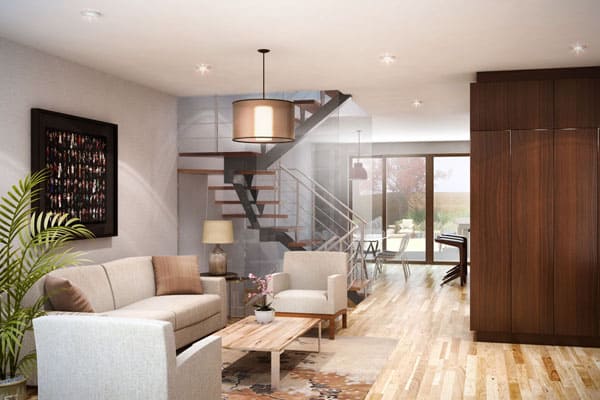
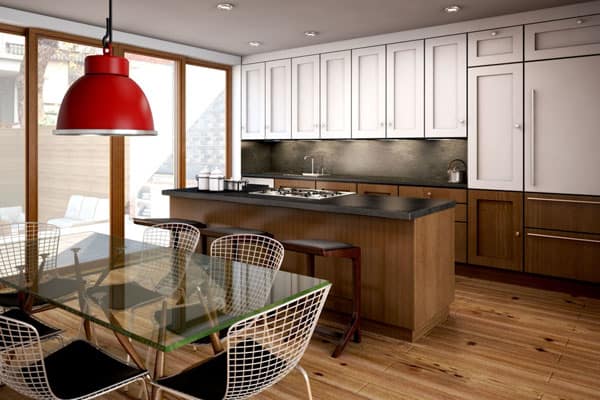
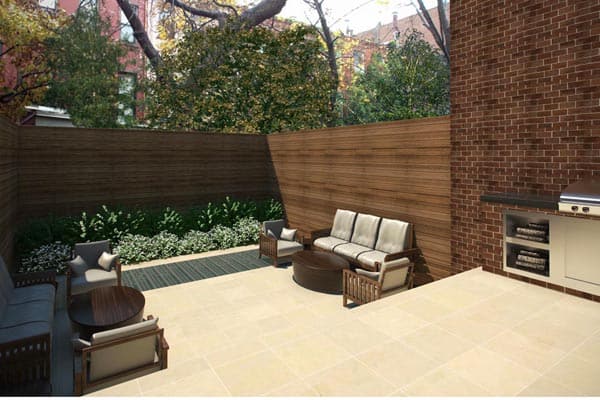
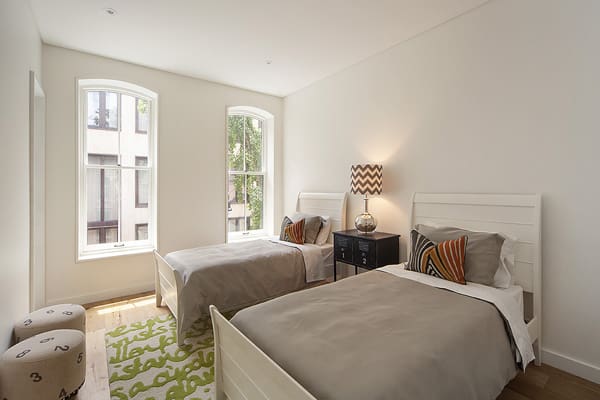
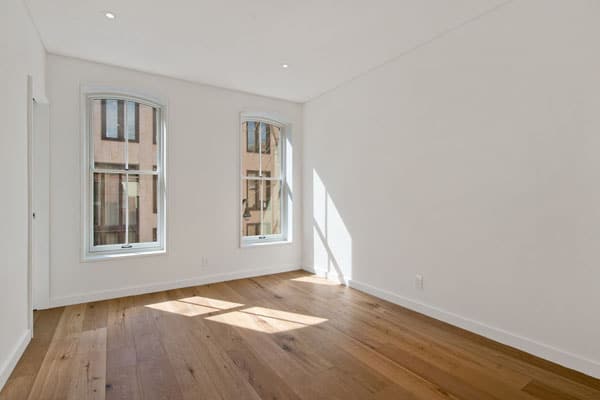
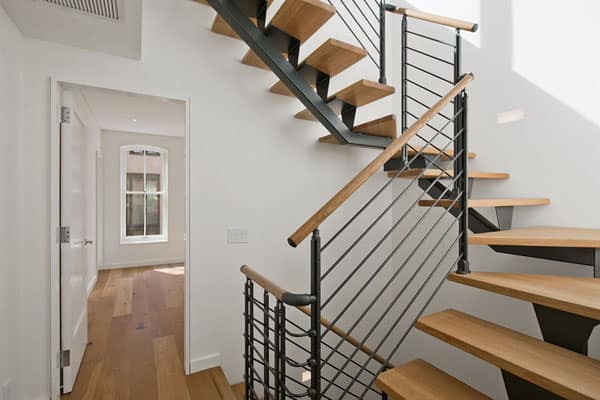
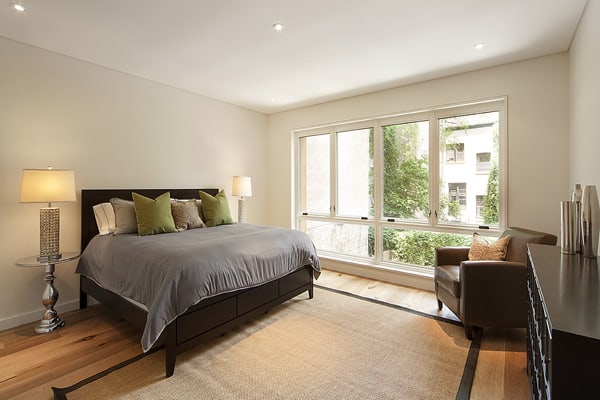
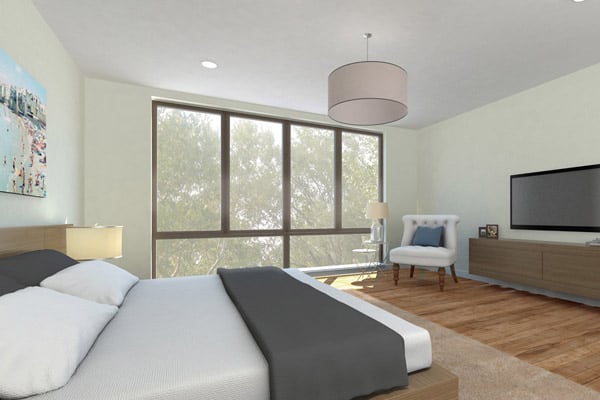
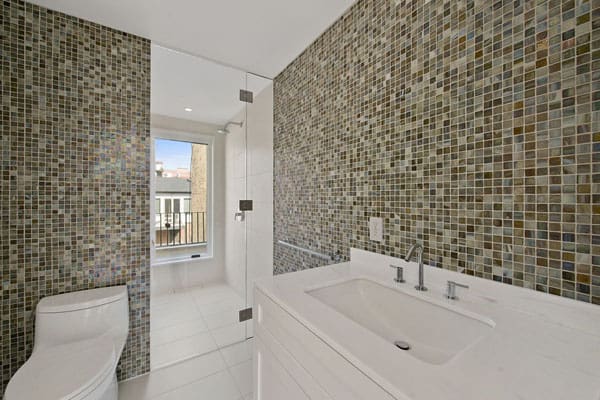
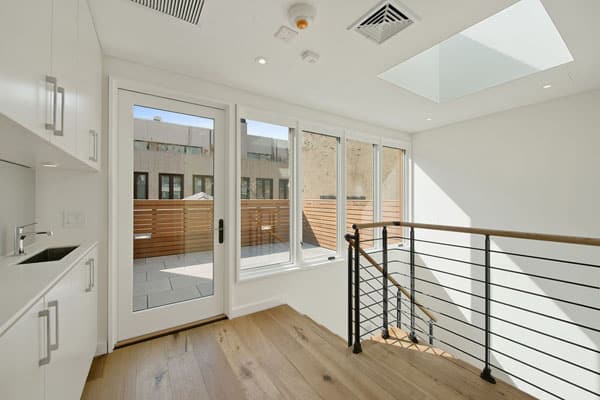
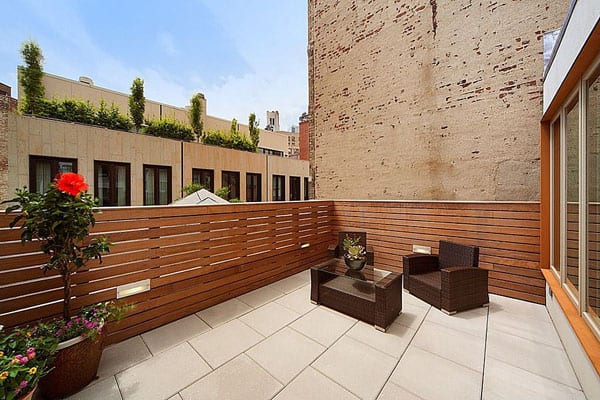
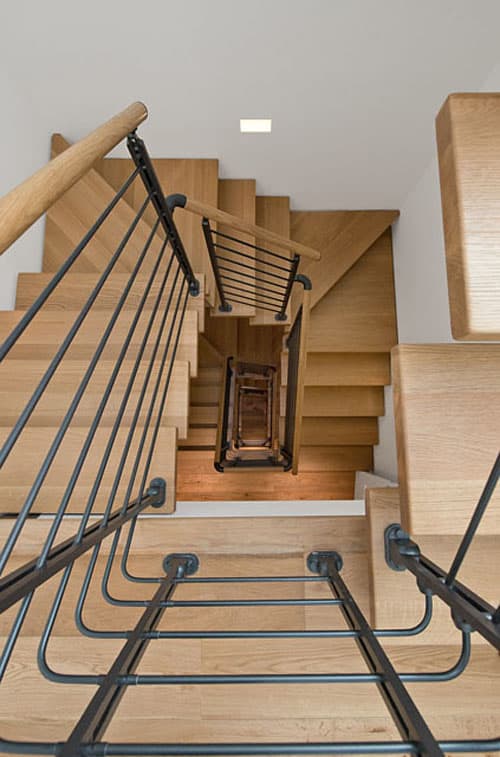

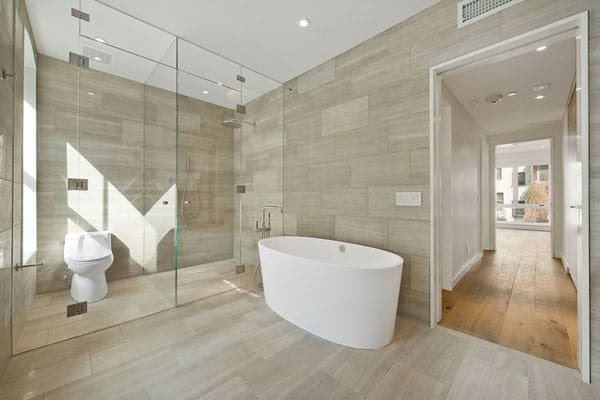
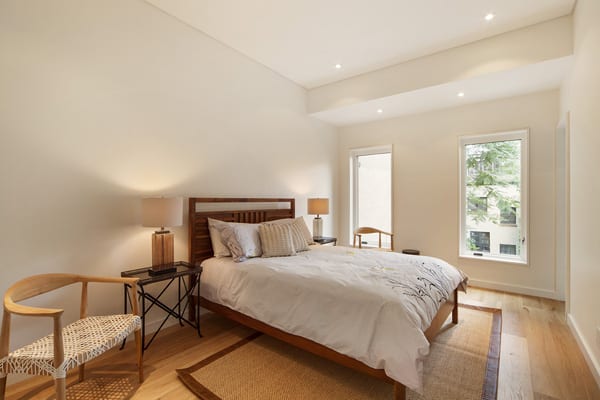
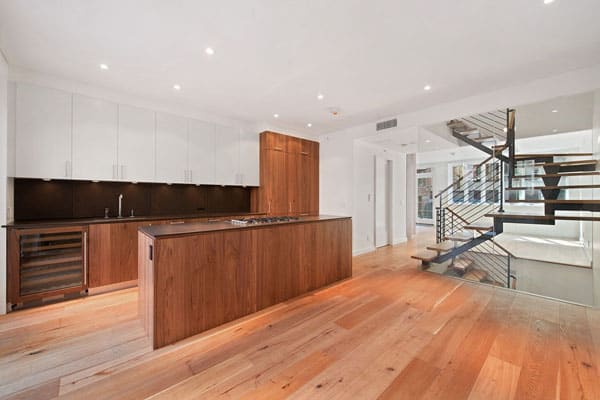
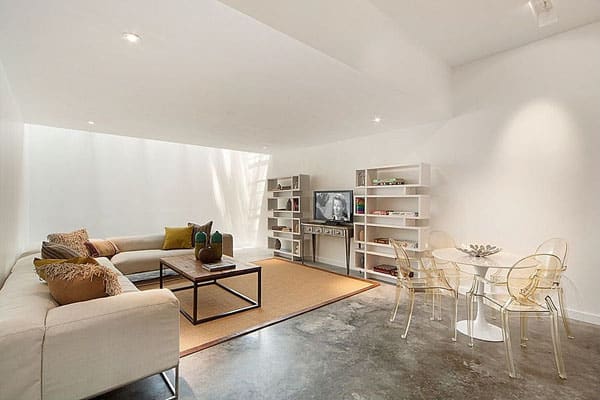
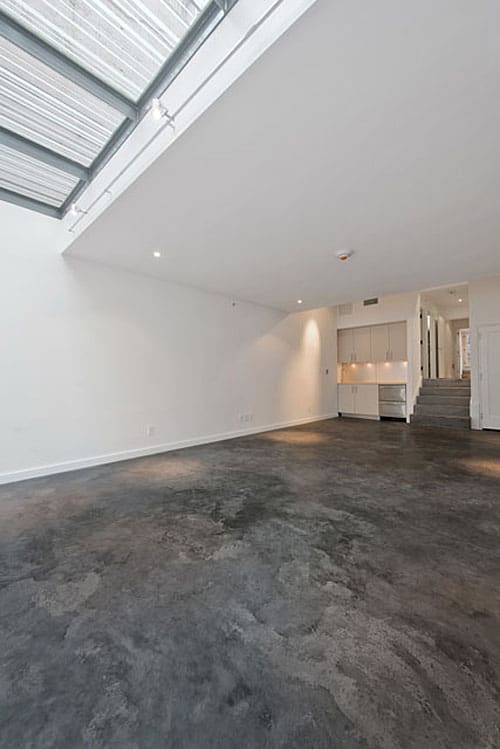
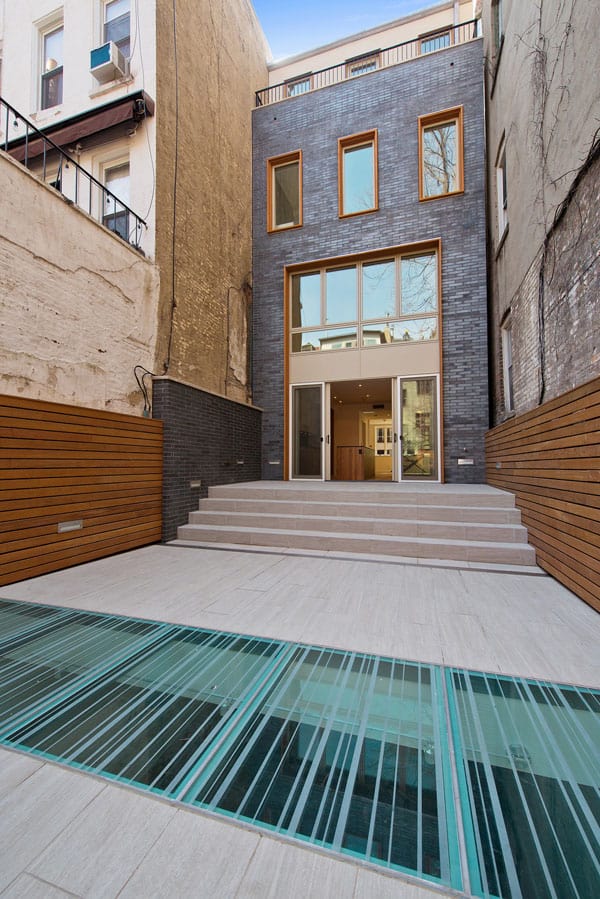

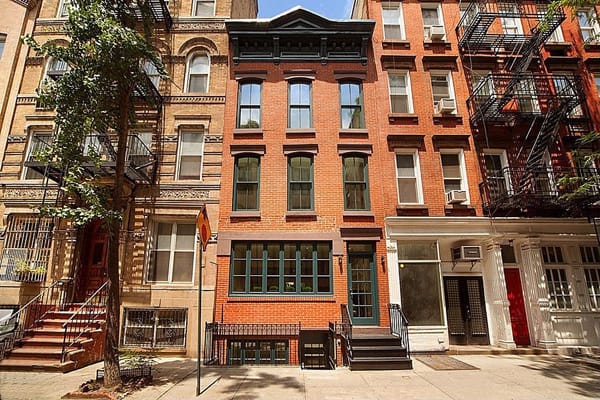
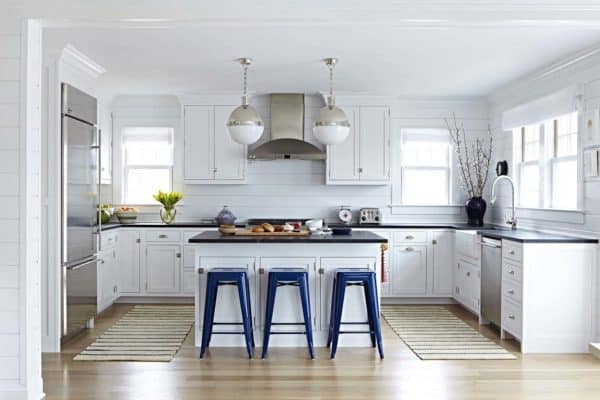
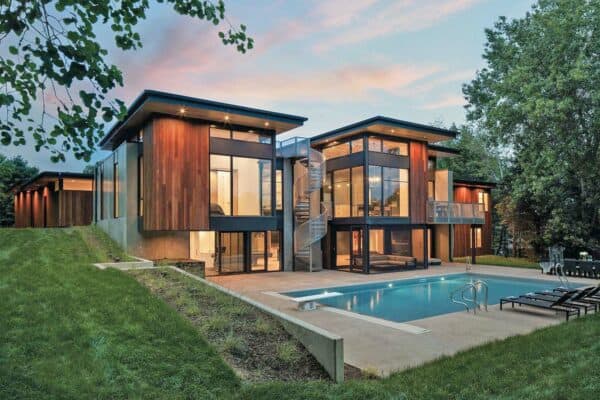

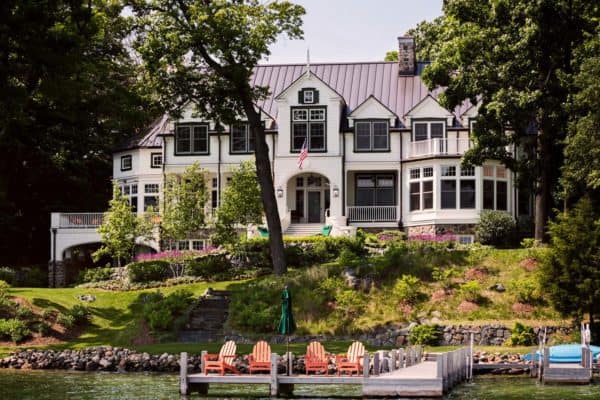
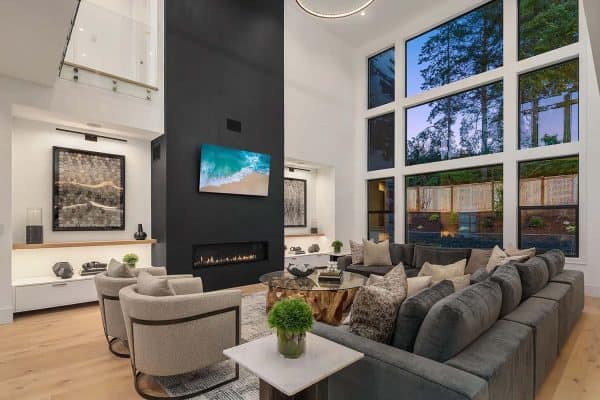

1 comment